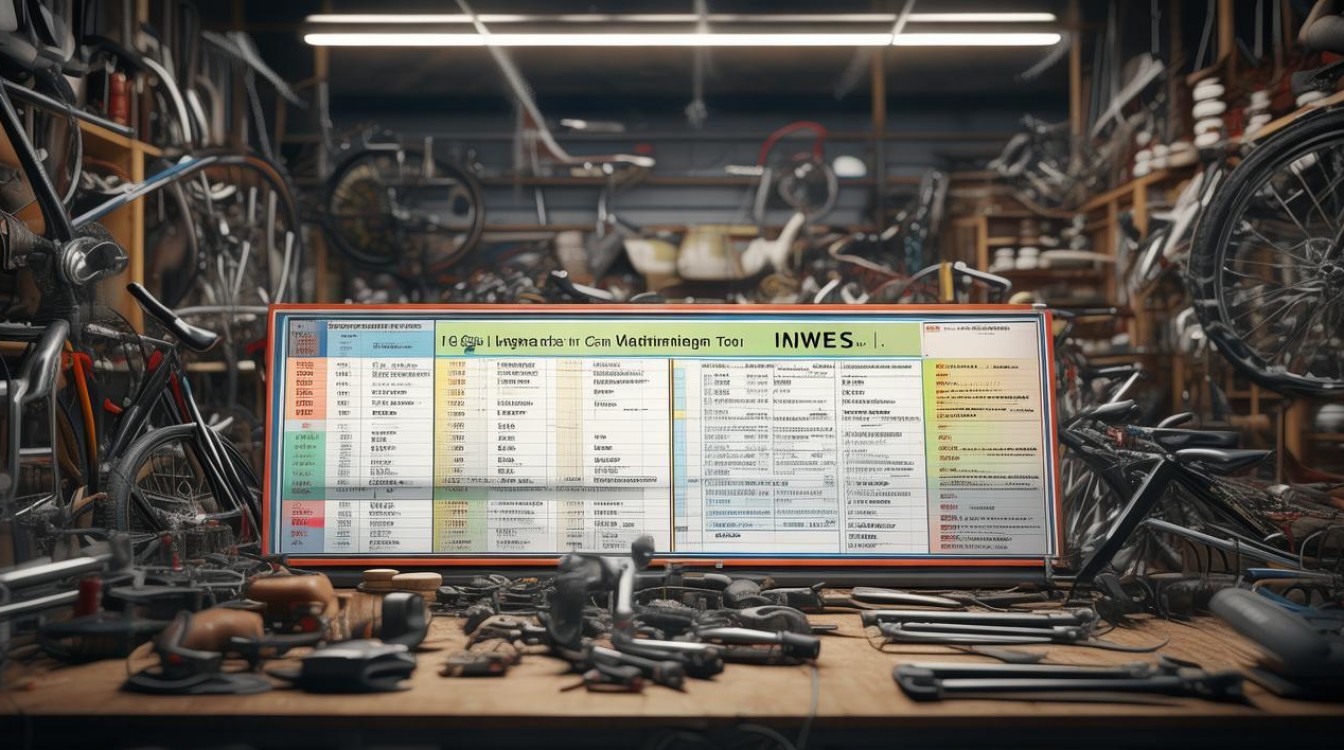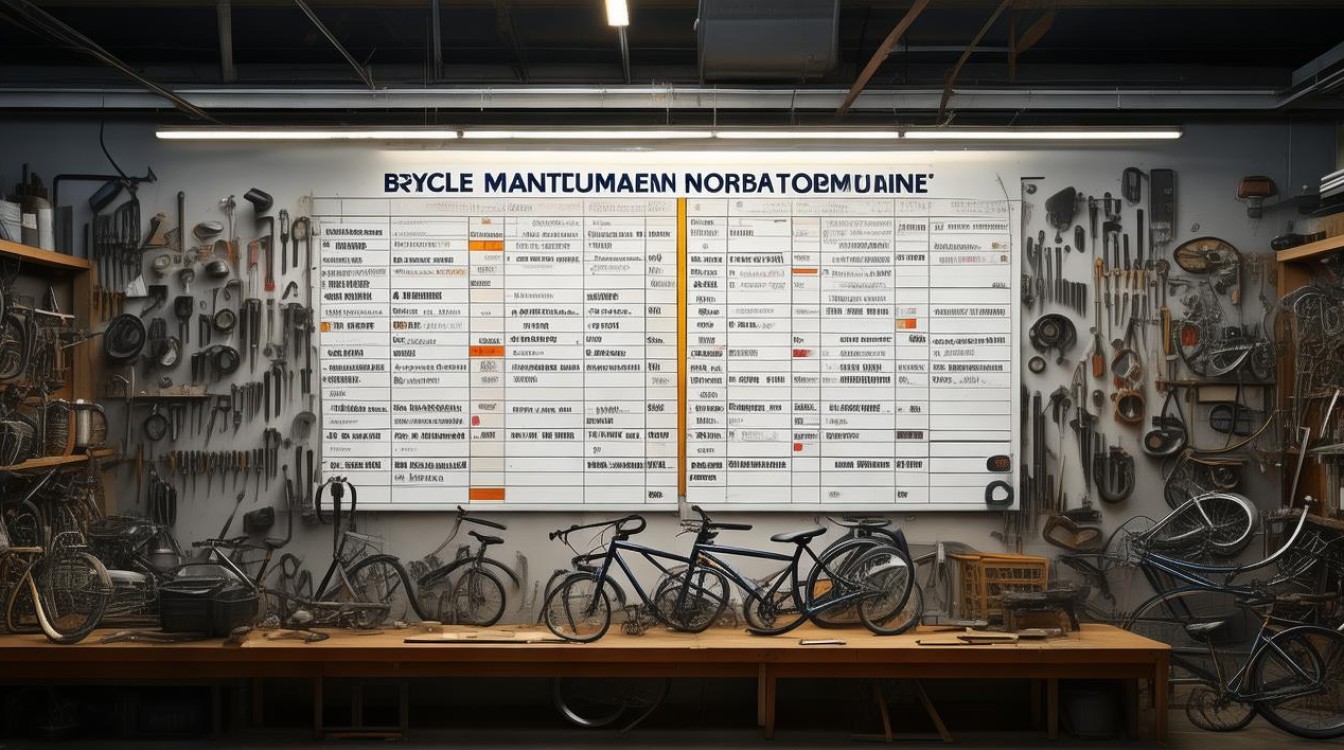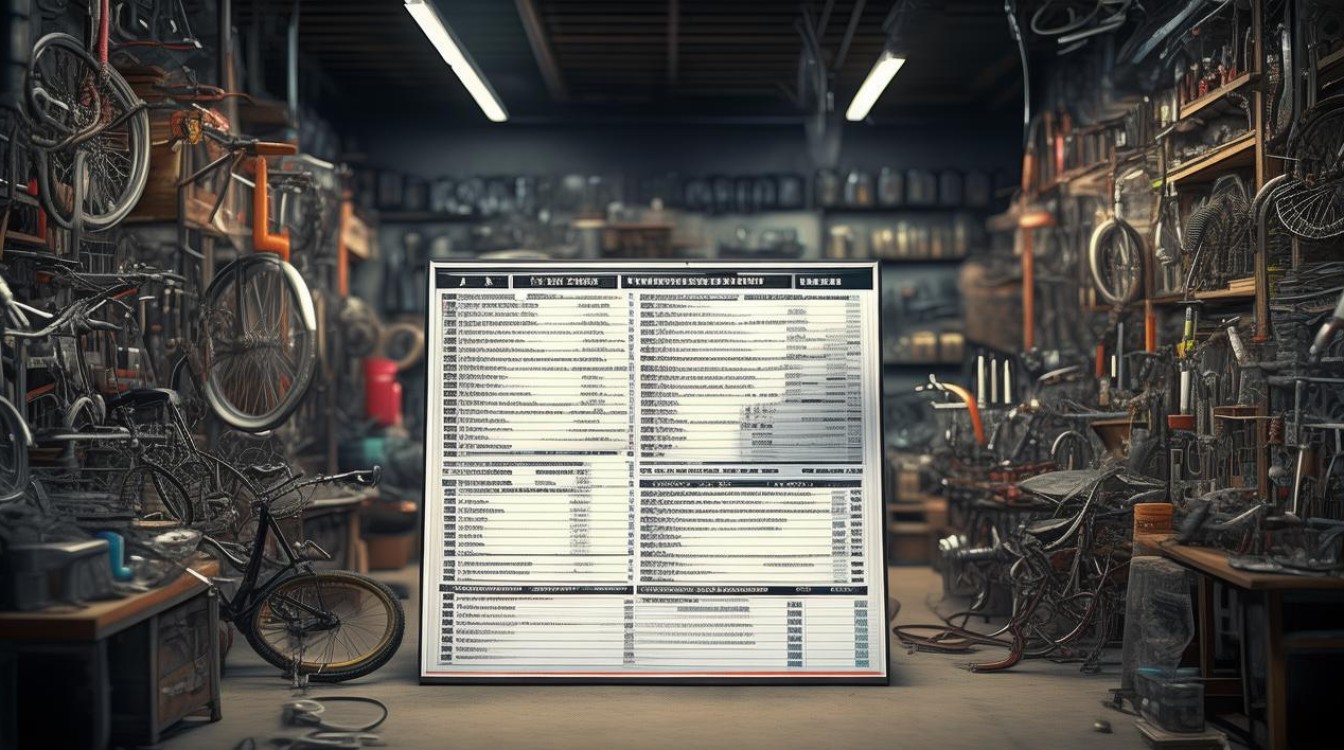Whether you're a cycling enthusiast or a casual rider, understanding bicycle maintenance terms in English can be incredibly useful. From adjusting brakes to replacing chains, knowing the right words helps when reading manuals, watching tutorials, or discussing repairs with mechanics. This guide covers key English vocabulary for bicycle maintenance, helping you keep your bike in top condition.

Basic Bicycle Parts
Before diving into maintenance, it's important to know the names of essential bike components:
- Frame – The main structure of the bicycle.
- Fork – The part that holds the front wheel.
- Handlebars – Used for steering.
- Stem – Connects the handlebars to the fork.
- Saddle (Seat) – Where the rider sits.
- Pedals – Footrests that drive the chain.
- Crankset – Includes the chainrings and crank arms.
- Chain – Transfers power from pedals to the rear wheel.
- Cassette – The cluster of gears on the rear wheel.
- Derailleur – Moves the chain between gears.
- Brakes – Used to slow or stop the bike.
- Wheels – Includes rims, spokes, and hubs.
- Tires – The rubber outer layer of the wheels.
- Inner Tube – Holds air inside the tire.
Tools for Bicycle Maintenance
Having the right tools makes maintenance easier. Here are some common ones:

- Allen Wrench (Hex Key) – For tightening bolts.
- Screwdriver – Adjusts derailleurs and brake components.
- Tire Levers – Helps remove tires for tube replacement.
- Chain Tool – Used to break and reconnect chains.
- Spoke Wrench – Adjusts spoke tension.
- Pump – Inflates tires (floor pump or mini pump).
- Lubricant – Keeps the chain and gears running smoothly.
- Torque Wrench – Ensures bolts are tightened correctly.
- Cable Cutter – Trims brake and gear cables.
Common Maintenance Tasks & Related Terms
Cleaning & Lubrication
- Degreaser – Removes dirt and old lubricant from the chain.
- Chain Lube – Reduces friction in the drivetrain.
- Wipe Down – Cleaning the frame and components with a cloth.
Tire & Tube Maintenance
- Puncture – A hole in the inner tube.
- Patch Kit – Repairs punctured tubes.
- Tire Pressure – Measured in PSI (pounds per square inch).
- Bead – The edge of the tire that sits on the rim.
Brake Adjustments
- Brake Pads – Rubber or metal pieces that press against the rim or disc.
- Caliper – The mechanism that holds the brake pads.
- Rotor – The disc in disc brake systems.
- Bleeding – Removing air from hydraulic brake lines.
Gear & Drivetrain Adjustments
- Indexing – Fine-tuning gear shifting.
- Limit Screws – Control how far the derailleur moves.
- Chain Wear – Measured with a chain checker tool.
- Cassette Removal – Requires a chain whip and lockring tool.
Wheel & Bearing Maintenance
- Truing – Adjusting spokes to straighten the wheel.
- Hub Overhaul – Cleaning and regreasing wheel bearings.
- Quick Release – A lever for fast wheel removal.
Troubleshooting & Problem-Solving Terms
When something goes wrong, these terms help diagnose issues:
- Squeaking – Often caused by dry chains or dirty brakes.
- Creaking – May indicate loose bolts or worn bearings.
- Chain Skipping – Usually due to a worn chain or cassette.
- Rubbing Brakes – Misaligned pads or a bent rotor.
- Wobbly Wheel – Needs truing or hub adjustment.
Advanced Maintenance & Upgrades
For those looking to go deeper into bike care:

- Bottom Bracket Service – Maintains the bearings where the crankset rotates.
- Headset Adjustment – Ensures smooth steering.
- Hydraulic Brake Service – Replacing fluid and seals.
- Upgrading Components – Swapping parts for better performance.
Learning these terms makes bicycle maintenance easier and more efficient. Whether you're fixing a flat tire or tuning gears, having the right vocabulary ensures clear communication and better results. Regular upkeep extends your bike's lifespan and improves ride quality—so grab your tools and start maintaining with confidence.

